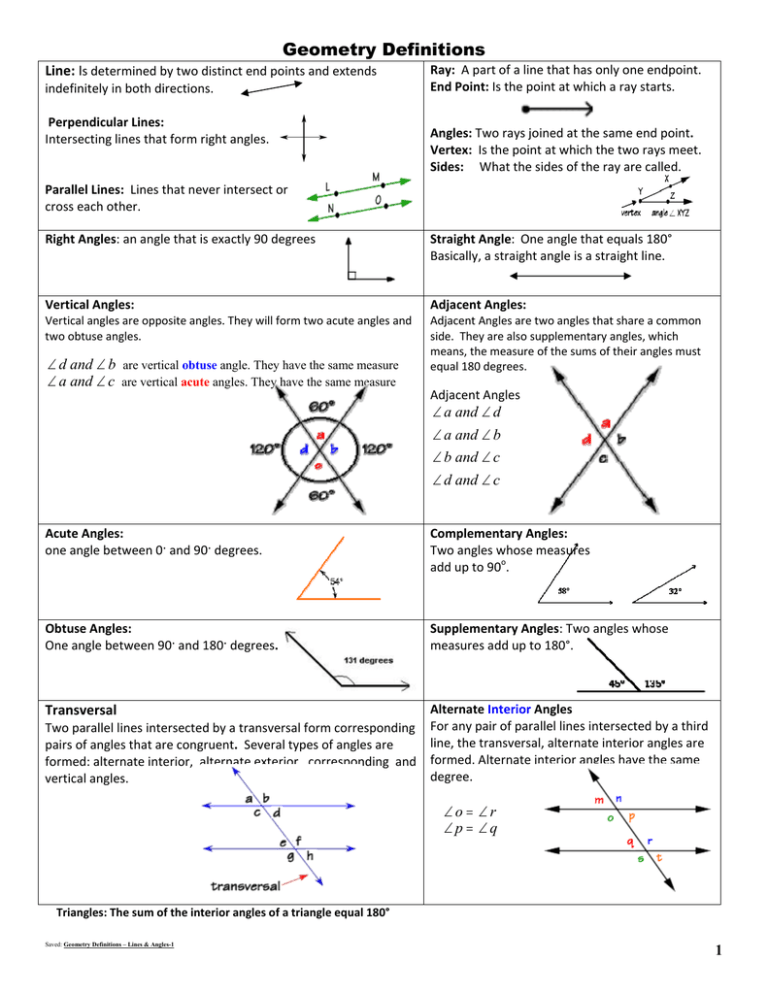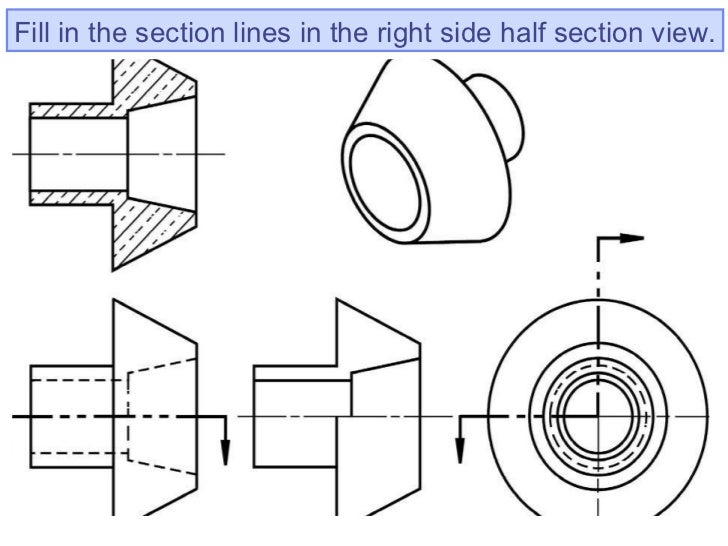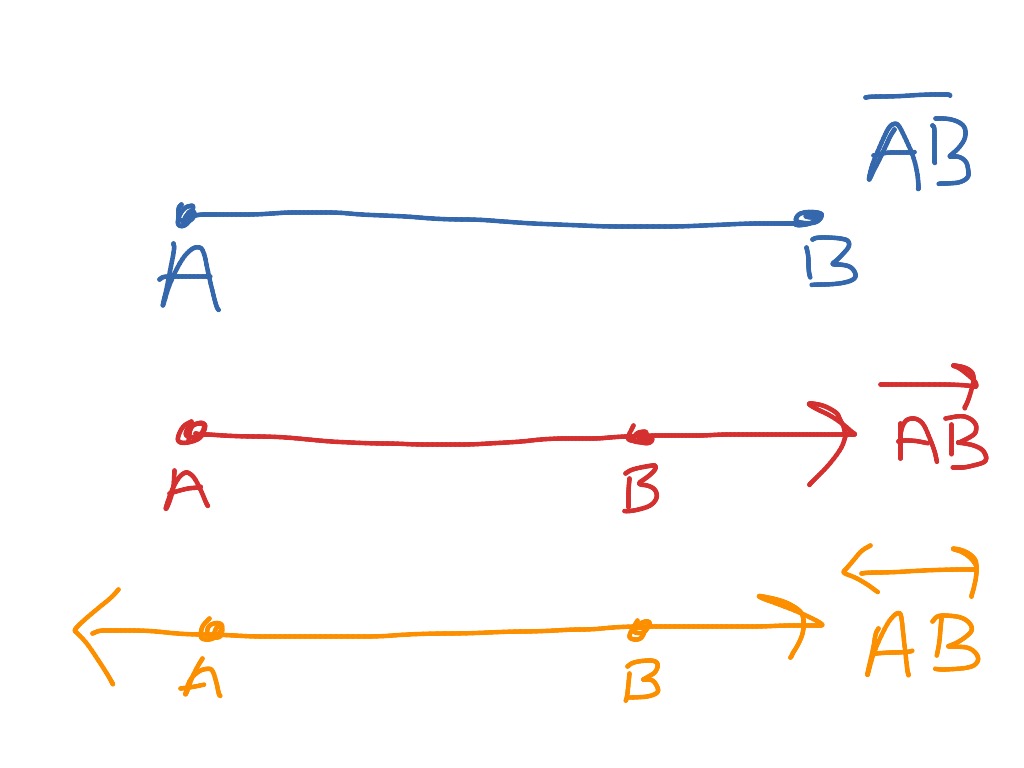
If the cutting plane is parallel to the axis the plane section consists of a pair of parallel line segments unless the cutting plane is tangent to the cylinder, in which case, the plane section is a single line segment.Ī plane section of the above graph showing the level curve in the xz-plane at y= 1Ī plane section can be used to visualize the partial derivative of a function with respect to one of its arguments, as shown. If a cylinder is used in this sense, the above paragraph would read as follows: A plane section of a right circular cylinder of finite length is a circle if the cutting plane is perpendicular to the cylinder's axis of symmetry, or an ellipse if it is neither parallel nor perpendicular to that axis. The term cylinder can also mean the lateral surface of a solid cylinder (see cylinder (geometry)). If the cutting plane is perpendicular to the base it consists of a rectangle (not shown) unless it is just tangent to the cylinder, in which case it is a single line segment. Mathematical examples of cross sections and plane sections Ī cross-section of a solid right circular cylinder extending between two bases is a disk if the cross-section is parallel to the cylinder's base, or an elliptic region (see diagram at right) if it is neither parallel nor perpendicular to the base. More specifically, cutting planes with equations of the form z = k (planes parallel to the xy-plane) produce plane sections that are often called contour lines in application areas.

If a surface in a three-dimensional space is defined by a function of two variables, i.e., z = f( x, y), the plane sections by cutting planes that are parallel to a coordinate plane (a plane determined by two coordinate axes) are called level curves or isolines. Thus, a plane section is the boundary of a cross-section of a solid in a cutting plane. If the cutting plane is perpendicular to a line joining the centers of two opposite faces of the cube, the cross-section will be a square, however, if the cutting plane is perpendicular to a diagonal of the cube joining opposite vertices, the cross-section can be either a point, a triangle or a hexagon.Ī related concept is that of a plane section, which is the curve of intersection of a plane with a surface. For instance, while all the cross-sections of a ball are disks, the cross-sections of a cube depend on how the cutting plane is related to the cube. The shape of the cross-section of a solid may depend upon the orientation of the cutting plane to the solid. A plane containing a cross-section of the solid may be referred to as a cutting plane. If a plane intersects a solid (a 3-dimensional object), then the region common to the plane and the solid is called a cross-section of the solid. With computed axial tomography, computers can construct cross-sections from x-ray data. It is traditionally crosshatched with the style of crosshatching often indicating the types of materials being used.

The first four of these forms are symmetric about both the x-axis and y-axis (for the circle, ellipse and hyperbola), or about the x-axis only (for the parabola).In technical drawing a cross-section, being a projection of an object onto a plane that intersects it, is a common tool used to depict the internal arrangement of a 3-dimensional object in two dimensions. In analytic geometry, a conic may be defined as a plane algebraic curve of degree 2 that is, as the set of points whose coordinates satisfy a quadratic equation in two variables which can be written in the form A x 2 + B x y + C y 2 + D x + E y + F = 0. The type of conic is determined by the value of the eccentricity. One such property defines a non-circular conic to be the set of those points whose distances to some particular point, called a focus, and some particular line, called a directrix, are in a fixed ratio, called the eccentricity.

The conic sections in the Euclidean plane have various distinguishing properties, many of which can be used as alternative definitions. The ancient Greek mathematicians studied conic sections, culminating around 200 BC with Apollonius of Perga's systematic work on their properties. The three types of conic section are the hyperbola, the parabola, and the ellipse the circle is a special case of the ellipse, though it was sometimes called as a fourth type.

This diagram clarifies the different angles of the cutting planes that result in the different properties of the three types of conic section.Ī conic section, conic or a quadratic curve is a curve obtained from a cone's surface intersecting a plane.


 0 kommentar(er)
0 kommentar(er)
